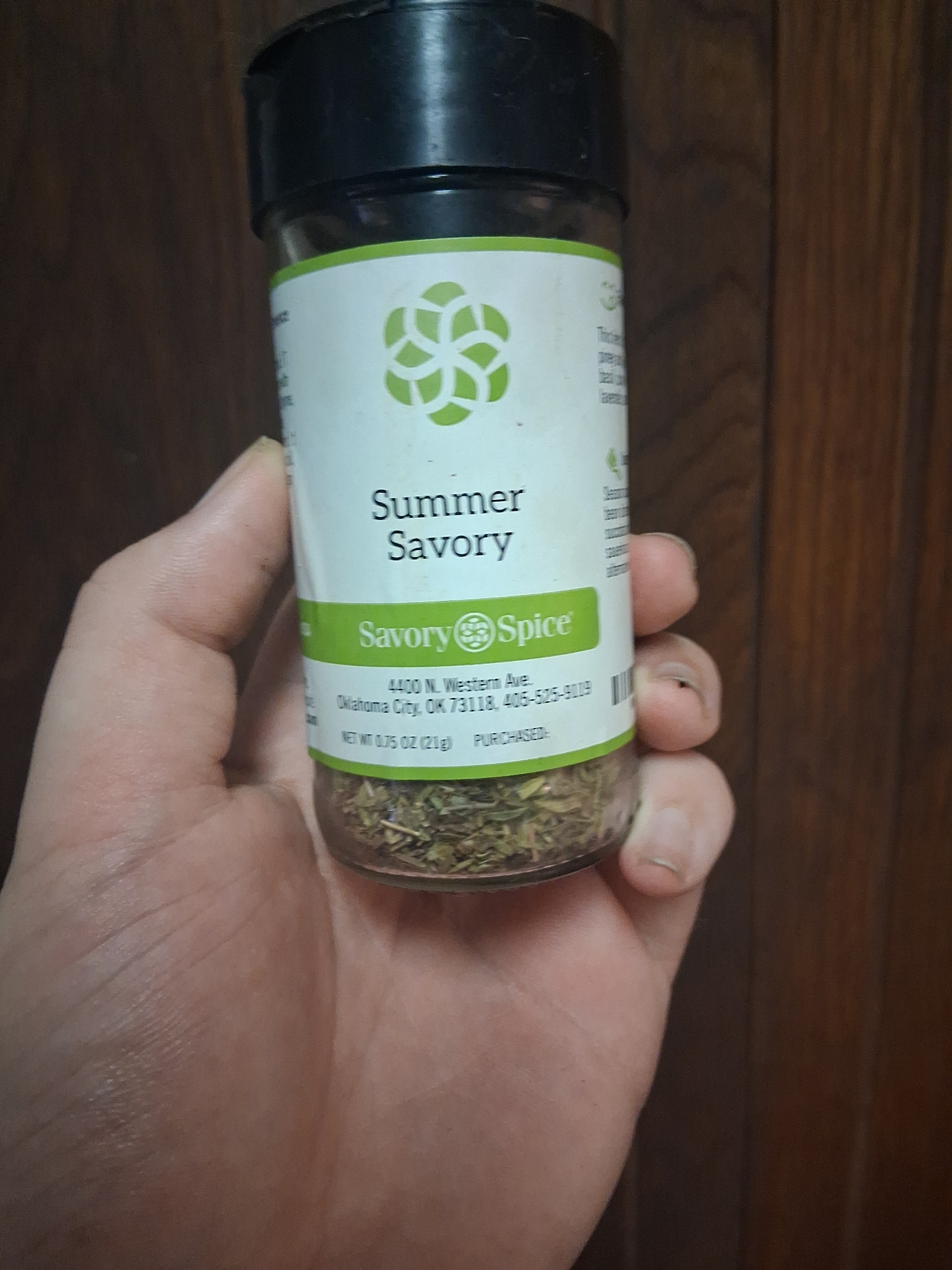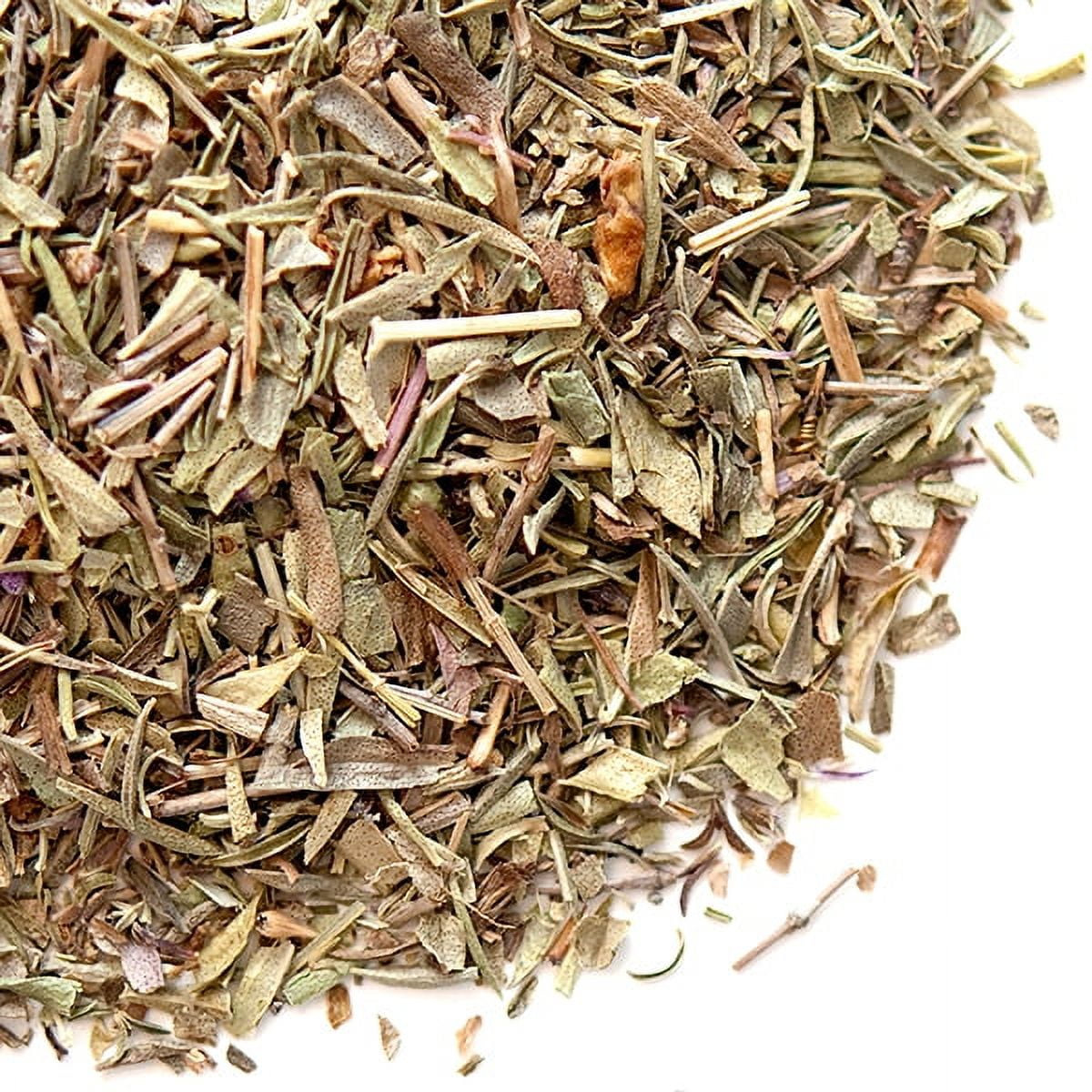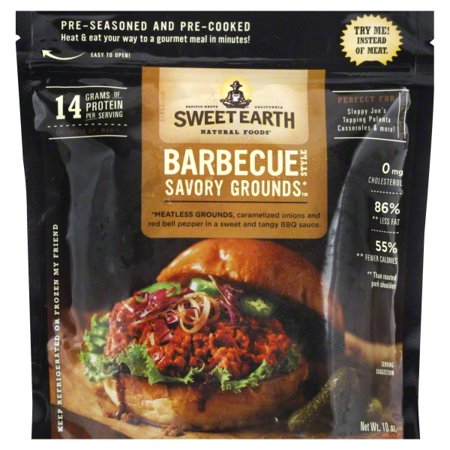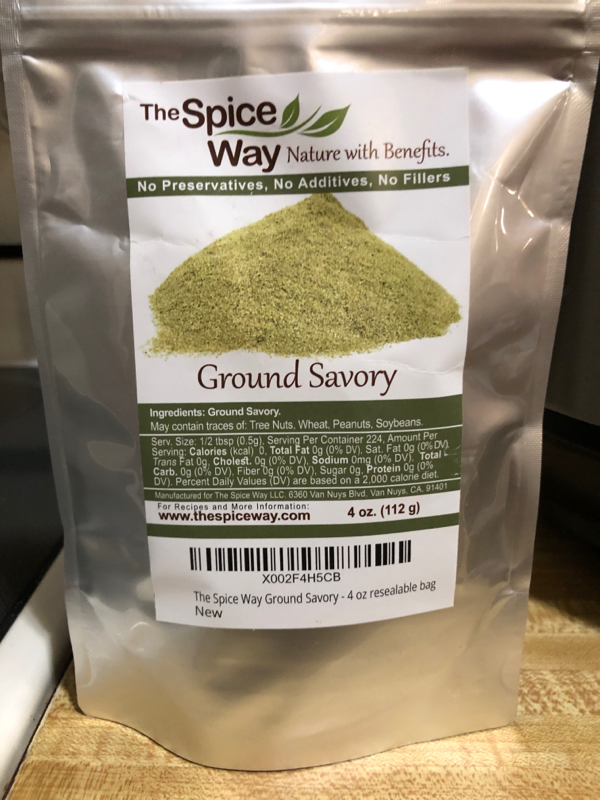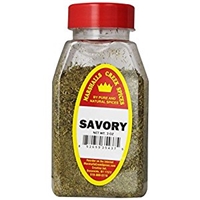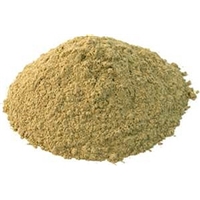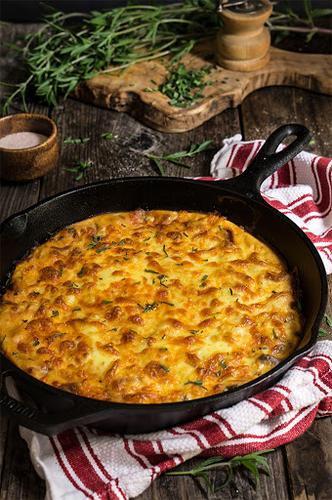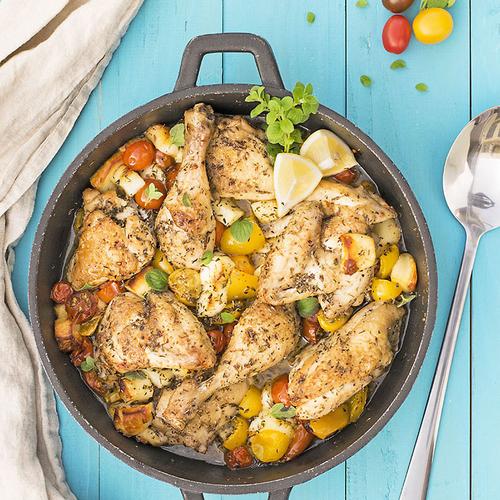SOUPS
MAIN DISHES
SIDE DISHES
Dried Savory
Dried savory is a versatile culinary herb originating from the mint family, known for its fragrant aroma and distinctive flavor. Often used in Mediterranean cuisine, this herb is available in two distinct varieties: summer savory and winter savory. Summer savory, with its sweeter and milder taste, is more commonly used, while the stronger, more pungent winter savory is reserved for more robust dishes.
In the home kitchen, dried savory is a popular addition to a wide variety of dishes, including bean dishes, soups, stews, and poultry stuffings. The herb can be added to enhance the flavor of many recipes, lending a peppery, slightly bitter taste that brings out the natural flavors of other ingredients.
72%
CARBS
15%
FAT
13%
PROTEIN
73 Dried Savory Products
Summer Savory
Summer Savory Herb
Spice Islands Summer Savory
Homemade My Way - Ground Summer Savory 8 Oz
Sweet Earth Natural Foods Sweet Earth Savory Grounds, 10 oz
Ground Savory
Marshalls Creek Spices Savory, 3 Ounce
Homemade My Way - Ground Summer Savory 2 Oz
Bear Mountain Savory BBQ Smoke 'Ems
Dried Chopped Savory Leaves by It's Delish
Used In 5 Recipes
Dried Savory Is Frequently Used With
Dried Savory FAQ
Dried savory is often overlooked in cooking, but it is extremely versatile and can greatly enhance the flavors in a wide variety of dishes. However, people often go wrong by using too much of it, as its taste can be quite strong, especially in the case of winter savory. The best way to get the most out of dried savory is to start with a small amount and adjust according to your taste preferences. It is also beneficial to crush the dried herbs between your fingers before adding them to your dish, as this will help release the essential oils and maximize the flavor. Another little known tip is to add it at the end of cooking to preserve its delicate flavor. Lastly, remember that dried savory pairs well with dishes where you would usually use thyme or sage.
Here are 10 common questions typically asked about dried savory:
1. Where is savory commonly used?
2. How does savory taste?
3. What is the difference between summer savory and winter savory?
4. What can I use as a substitute for dried savory?
5. How much dried savory should I use in my dish?
6. What dishes does savory go well with?
7. When should I add dried savory to my dish?
8. Can I use savory in my poultry stuffing?
9. Is savory used in vegetarian or vegan dishes?
10. Can dried savory be used in desserts?
The answer to these questions would provide more practical knowledge about this underappreciated herb, and might even inspire some creative uses in the kitchen.
Where is savory commonly used?
How does savory taste?
What is the difference between summer savory and winter savory?
What can I use as a substitute for dried savory?
How much dried savory should I use in my dish?
What dishes does savory go well with?
When should I add dried savory to my dish?
Can I use savory in my poultry stuffing?
Is savory used in vegetarian or vegan dishes?
Can dried savory be used in desserts?
Expiration & Storage Tips
When does dried savory expire?
Dried savory is one of those amazing pantry staples that last for an incredibly long time. If it's unopened, it can easily retain its flavor and quality for 2 to 3 years, often even past the printed date on the package. Once opened, you can expect to use your dried savory for about 6 months to 1 year, depending on how well it's stored. If you've mixed together your own homemade blend of dried herbs including savory, it'll generally last as long as the shortest-lasting herb in the mix, often around 1 to 2 years.
How do you tell if dried savory is bad?
To test whether dried savory has gone bad or not is quite straightforward. Start by giving the herb a good look. If the color has faded substantially, this is a strong sign that it’s past its prime. Next, rub a small amount between your fingers. If you don't feel much aroma or if the smell is different than you remember, it might be time to replace your dried savory. Lastly, if you're still uncertain, taste a tiny bit. If it lacks flavor or if the flavor is off, it's best to throw it out.
Tips for storing dried savory to extend shelf life
• Keep your dried savory in a high-quality, airtight container. This will protect the herb from humidity and odors, which can degrade its quality.
• Store your dried savory in a cool, dark cupboard, away from the heat of the oven or stove. This prevents heat from degrading the flavor of the herb.
• Although rare, bugs can get into dried herbs. Regularly check your herbs for any signs of bugs or infestation. If you spot anything unusual, discard the herb immediately.
• Avoid storing dried herbs in the door of your refrigerator. The constant opening and closing can quickly degrade the quality of the herbs.
• If you have a vacuum sealer, consider vacuum sealing your dried savory for maximum shelf life. This removes all air, which can degrade the herb over time.
• If you have a huge batch of dried savory, consider dividing it into smaller, usable portions. This way, you'll only open a small amount at a time, maintaining the quality of the rest.
EXPIRES WITHIN
2 - 3.6
YEARS
Substitutes

Dried Thyme

Lemon Thyme

Marjoram

Dried Sage

Italian Seasoning

Italian Herbs Paste

Herbes De Provence

Fresh Oregano

Fresh Rosemary

Dried Parsley
See All
Health Info
Macros
3g
CARBS
0g
FAT
0g
PROTEIN
Allowed on these diets
LOW FAT
HIGH CALCIUM
VEGETARIAN
KETO
PALEO
WHOLE 30
MEDITERRANEAN
LOW CARB
VEGAN
LACTOSE FREE
GLUTEN FREE

